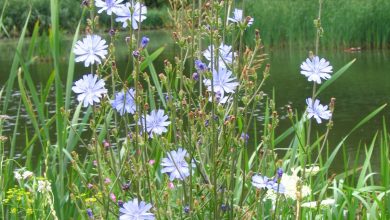Platycodon: Chinese Bellflower care
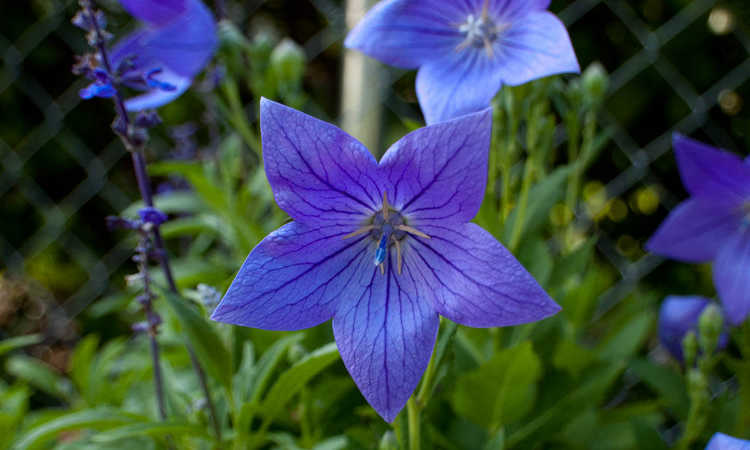
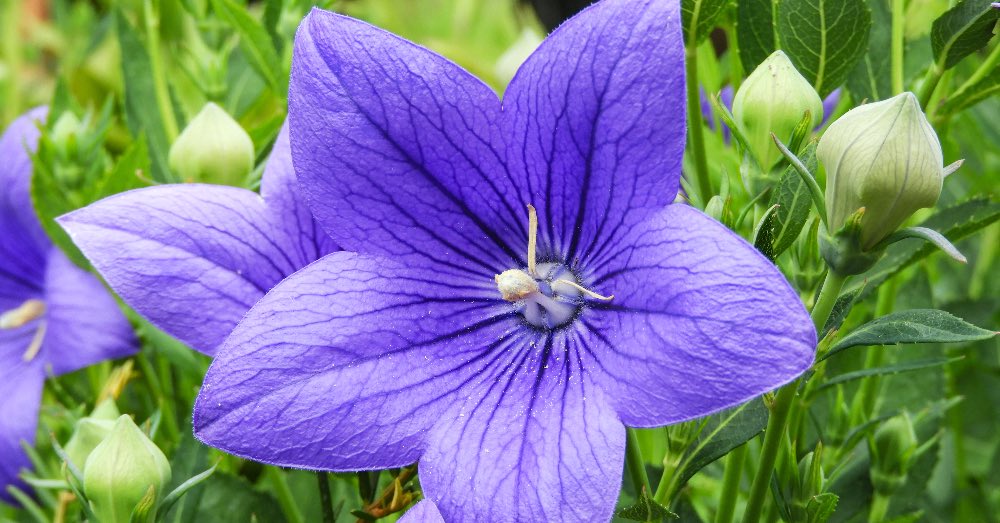
It is one of those ornamental plants capable, with its mere presence, of filling the sunny months with color and joy. Apart from this, Platycodon care is extremely simple and suitable, even for those who are new to caring for plants. But there is a more important reason, even, than its rusticity to choose to have it: it is one of the outdoor plants that blooms the longest. And it is that, with proper care, it can do so almost continuously from spring to mid-September at most.
Getting to know this plant, also popularly called Chinese Bellflower, in depth, involves knowing some of its peculiarities. To begin with, its nickname is not accidental: its natural origins are located in China, Japan and Korea. But even more characteristic than where it comes from is knowing that it is a perennial plant but, also, with a lively character. Just take a look at what perennial plants are to understand that, with the arrival of cold, the aerial parts of the plant will disappear to sprout again when the good weather returns. Something that should be known so as not to think that our plant has gone to waste when, in reality, it is only waiting for the return of the heat.
Whether it is because it is an easy plant to care for or because of the beauty of its unique flowering, it is convenient to know the care of the Platycodon. The best way to fully enjoy it, whether we have it planted in a pot or if we have chosen to carpet some area of the garden with its color.
7 PLATYCODON CARE TO ENJOY IT
Let’s start by getting to know its plant characteristics in depth. Usually, their flowers are their greatest attraction, and it is not for less! In addition to having a design made up of five petals and a bell shape, it is possible to enjoy them in a range of tones that range from violet to white through pink. But it is not the only thing to consider: they are also large. By strictly complying with the care of the Platycodon, they can even reach 10 centimeters.
But it is not its only attraction. The name of this plant honors another of its singularities: its toothed and oval-shaped leaves. Although they are not the most striking, it is worth knowing that their hue is intense green with a slight bluish hue.
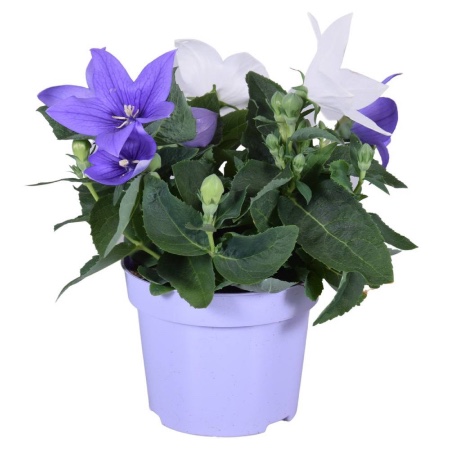
Although we usually think that it is a species of modest size, it is not really so. Planted in a good-sized pot or directly in the ground, the stems of the Platycodon can reach half a meter in height. It is herbaceous in nature, so part of its charm is precisely its wild appearance.
1. The location, crucial for flowering
If we want to enjoy a Platycodon full of flowers permanently, we will have to take care of its location. Its flowering is directly proportional to the amount of light it receives. Having it in full sun is synonymous with a good number of flowers, although it can also live with some well-being in a bright semi-shade.
And, although it is not its natural space, it is also possible to enjoy the Platycodon as part of our indoor plants. If we decide to have it inside the house, it will be essential that we place it in an extremely bright space. It is not the only precaution that we will have to take: it is also important that it does not receive draughts, nor is it near artificial sources of cold or heat.
2. The plantation soil, a vital detail in the care of the Platycodon
It is probably the most demanding of Platycodon care. We are not only referring to the fact that it requires a soil rich in organic nutrients. We refer, above all, to being rigorous with a determining aspect in its cultivation: that it has excellent drainage.
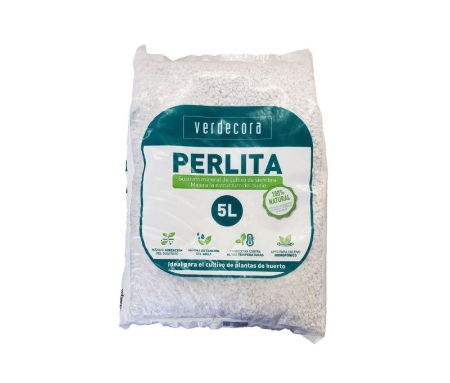
To achieve this, whether we have it planted in a pot or directly in the ground, it is essential to make a mixture of universal substrate and perlite. And just by discovering what perlite is, we will understand to what extent it is crucial for Platycodon: it helps to evacuate irrigation water but, at the same time, it helps to maintain a certain relative humidity in the substrate. Another aspect that we will see next.
3. Watering, moderate and regular
From spring to late summer, Platycodon needs a regular but always moderate watering pattern. It is a plant that does not tolerate waterlogging in its roots, so it is important not to overdo it. For this reason and in addition to measuring the amount of water that we administer, it is essential to remove the lower plate if it has one. And when to water again? When the substrate, guided by the lower layers, begins to dry out.
And during the rest of the year? A weekly watering is enough.
4. The temperature, something to keep in check
It is true that the Platycodon tolerates the cold and it is estimated that some varieties can withstand up to 10 degrees below zero. However, beware of frost. In case of being subjected to them, let its aerial part die to maintain the roots. However, for these to survive the cold, it is advisable to mulch the substrate.
5. Fertilizer, an ally for flowering
Fertilizer is essential to be able to maintain such a flowering rate! During these months in which our plant makes that effort to constantly create flowers, it is important to regularly enrich it with nutrients.
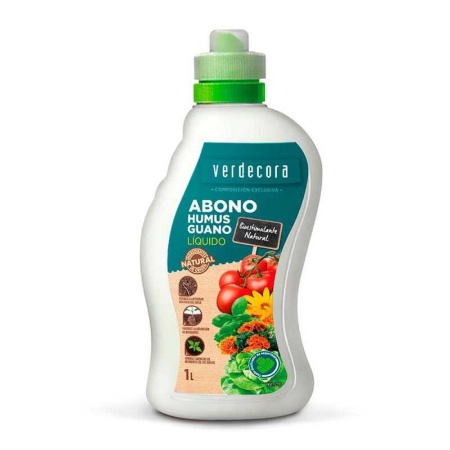
If we have the Platycodon planted in a pot, we will apply a regular dose of liquid guano diluted in the irrigation water during the spring and summer. However, if it is planted directly in the ground, it is advisable to check how to use worm castings: a monthly dose will progressively enrich our plant.
6. Pruning, one of the Platycodon cares that you will not have to worry about
You don’t need it! It only demands that we cut the withered flowers, but not because the plant really demands it, but only to get more flowers.
7. Pests, almost non-existent
As we said at the beginning, it is a rustic plant and, following the care of the Platycodon rigorously, highly resistant to pests. It is rare that it is attacked by them but, if it is weak and when it begins to form its shoots, it can be attacked by aphids.
What we do need to watch closely is a direct effect of excessive watering: if we flood its roots, it is likely to suffer from fungi that we will have to stop as soon as possible using a fungicide gun for fungal diseases.
And now that you know what this plant needs, do you dare to enjoy its incredible flowers?

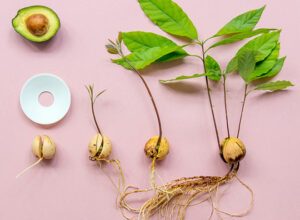
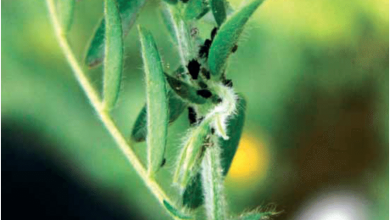
![Photo of Orange Tree Irrigation: [Needs, Frequency and Procedure]](https://www.complete-gardening.com/wp-content/uploads/2022/08/orange-tree-irrigation-needs-frequency-and-procedure-390x220.jpg)
